Encaustic & Adhesion
Have you ever wondered, what exactly does encaustic stick to? The visual and physical structure of a painting is about more than the paint medium itself. It is also about what it is painted on — how the substrate, or ground, influences and enhances the paint film above it and ultimately the artwork itself.
Substrates differ by whether they are smooth or toothy, white or toned. These differences affect the luminosity of the final paint layer, the facility of laying the paint onto the surface, and the texture of the paint film, among other things. While much of this has to do with aesthetic considerations, it is equally important to take into account the mechanical bond between paint and ground because it plays a huge role in the long-term durability of the work.
Encaustic painting has an ancient history, but the narrative of proven technical investigation is relatively limited. There are many outdated assumptions about what grounds are unsuitable for encaustic. As the use of encaustic has expanded into the realm of mixed media, it is being applied to a greater range of surfaces, including glass, plexiglass, metals, papers, fabrics, commercial panels, ceramic, stone, other paint mediums, etc.
Founder Richard Frumess and R&F's production team designed a series of rigorous tests on 39 different substrates to investigate encaustic adhesion. These tests were not meant to show what surfaces work and which don't. There are a number of surfaces that failed the tests almost immediately that we have seen act dependably as encaustic substrates for years. The tests subjected the panels to relatively extreme conditions of temperature, impact, and pressure in order to determine what were the most reliable surfaces.
Take a look to see the ratings of each substrate below.



